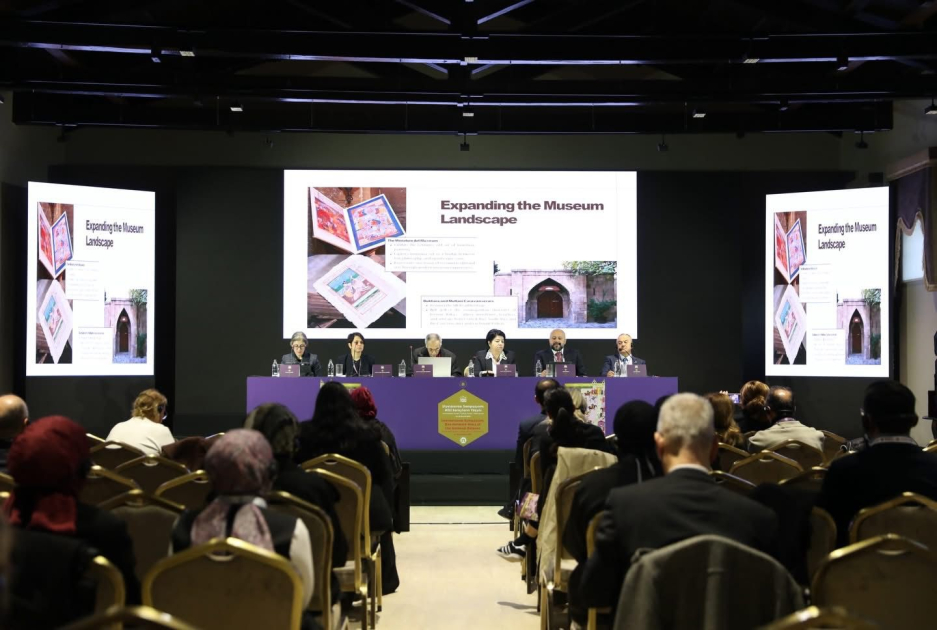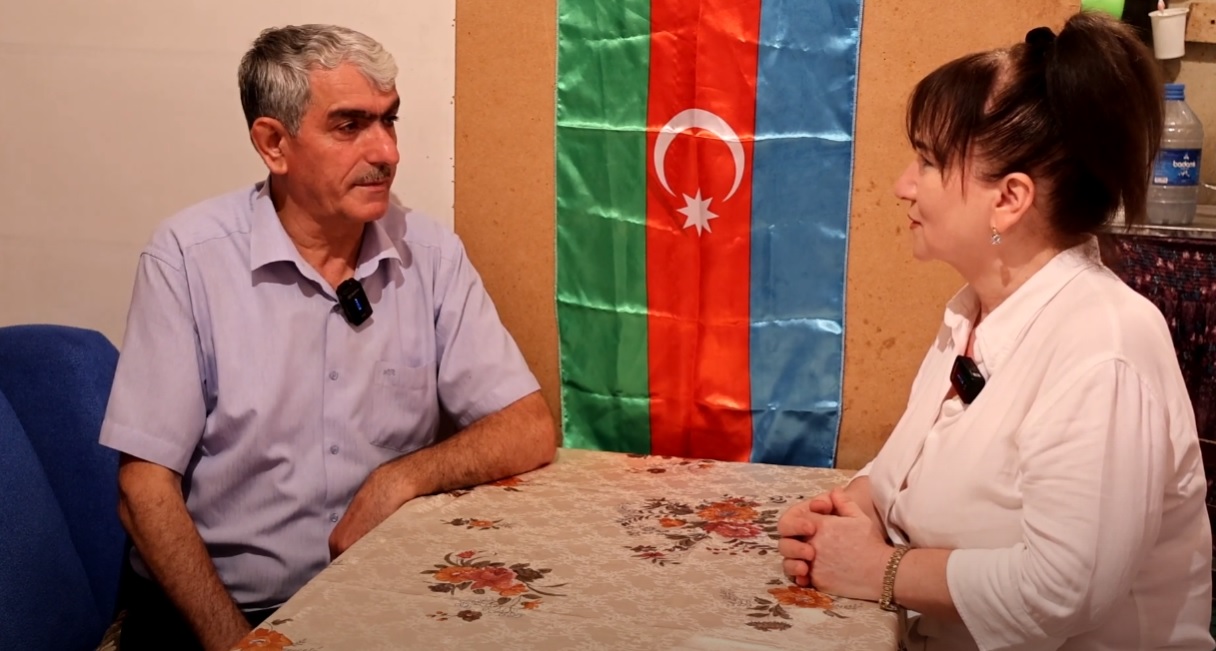ByJERUSALEM POST STAFF
Archeologists suggested that, if confirmed as a synagogue, it could be among the oldest known in Spain, possibly the earliest.
Recent archaeological excavations in Cástulo, near Linares in Andalucía, uncovered findings that indicated the presence of a Jewish community during the late 4th or early 5th century CE. Among these findings, archaeologists discovered fragments of oil lamps, which had remained unlit for approximately 1,700 years. These remnants are believed to illuminate the existence of a small Jewish community in the region. Among the findings were three shards of oil lamps adorned with a seven-branched menorah.
In addition to the oil lamp fragments, researchers recovered a roof tile bearing an image of a five-branched menorah, further strengthening the evidence of Jewish habitation in Cástulo. Researchers are exploring the hypothesis that a structure in Cástulo, traditionally identified as a Christian church, might have been a synagogue where the Jewish community performed its religious activities. "During the 2012-2013 excavations, we found the roof tile with the five-branched menorah. But only now, with the additional findings, the understanding has sharpened that it is very possible that a small Jewish community lived here," said Baptista Ceprían, a senior archaeologist with the Andalusian government's project, as reported by The Guardian.
The reevaluation of the nearby structure, previously thought to be a 4th-century Christian church, suggests it might actually be an ancient synagogue. Researchers at the University of Las Palmas emphasized the absence of Christian artifacts and burials—common features of early churches—thus bolstering the synagogue hypothesis. Furthermore, the structure's proximity to a ruined Roman bath aligns with the historical pattern of early synagogues, often situated on the outskirts of urban centers—a detail noted by Ceprían.
A particularly intriguing artifact from the site is a conical jar lid with a Hebrew inscription, partially legible as either "A Psalm of David" or a phrase related to "Selichot" (penitential prayers). This discovery could indicate an organized Jewish community engaging in religious practices. Experts, however, remain divided over the exact interpretation of the Hebrew inscription.
Morera, a professor of ancient history at King Juan Carlos University in Madrid, remarked, "The disappearance of the synagogue in Castulo was certainly due to radical stubbornness and intolerance, significant isolation, and even violent hatred exercised by the monolithic and powerful Christian society of the time."
The discovery has ignited renewed interest among historians and archaeologists, as surviving synagogues on the Iberian Peninsula mainly date back to the Middle Ages, with the most recently discovered synagogue in Utrera dating from the 1300s. Should the structure in Cástulo be confirmed as a synagogue, it might represent one of the oldest known synagogues in Spain, offering insights into Jewish life in the region during that era.
Despite these findings, Ceprían and his team acknowledge the challenge posed by the lack of written historical corroboration for their theories. "I am sure there will be criticism, and that is completely legitimate—this is how science works," he stated.


.jpg)


















